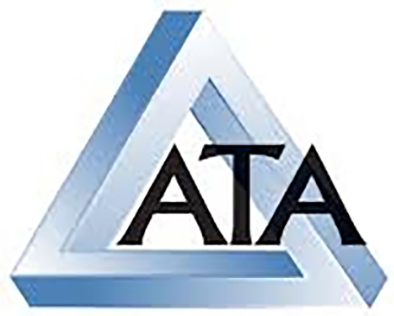
A 529 plan is a tax-advantaged savings plan designed to encourage saving for future education costs. While 529 plans offer significant tax benefits, they can also impact financial aid eligibility.
1. Ownership Matters
- Parent-Owned 529 Plans: If the 529 plan is owned by a parent (or a dependent student), it is considered a parental asset. Parental assets are assessed at a lower rate (up to 5.64%) in the Student Aid Index (SAI) calculation, meaning they have a smaller impact on financial aid.
- Student-Owned 529 Plans: If the student owns the 529 plan, it is still treated as a parental asset if the student is a dependent. However, if the student is independent, it’s assessed as a student asset, which can reduce aid eligibility more significantly because student assets are assessed at a higher rate (up to 20%).
- Grandparent-Owned 529 Plans: These are not reported on the FAFSA as an asset.
2. Impact on FAFSA and SAI
- FAFSA (Free Application for Federal Student Aid): The value of 529 plans owned by the student or the student’s parents must be reported as an asset on the FAFSA. This can increase the SAI, reducing the amount of need-based financial aid the student is eligible for.
- CSS Profile: Some colleges use the CSS Profile, which may treat 529 plans differently than the FAFSA. For example, some schools may consider 529 plans owned by grandparents as assets.
3. Distributions
- Qualified Withdrawals: Money withdrawn from a 529 plan to pay for qualified education expenses is not considered income on the FAFSA, minimizing its impact on financial aid in the following year.
- Non-Qualified Withdrawals: If the funds are used for non-qualified expenses, they may be subject to taxes and penalties, and the amount withdrawn may count as income, potentially reducing financial aid eligibility.
While 529 plans are an excellent tool for saving for college, it’s important to understand how they interact with financial aid calculations. Careful planning and understanding of how different ownership structures and timing of distributions can influence financial aid can help families optimize their financial aid outcomes.


